Bath
From Winchester I went to Bath. After checking into the hostel I wandered the beautifully lit streets and ate Nepalese food.
In the morning I laughed at the transliterated names in a Korean translation of the complete works of Shakespeare. For example, Macbeth is "Maekbedeu" since there is no 'th' sound in Korean.
Hamlet becomes "Haem-leet", Claudius is Keul-lo-di-i-seu. Ro-jeun-keu-raen-cheu and Gil-deun-seu-teon are dead. Okay, I'll stop myself now.
My first stop was Bath Abbey. The front facade depicts a rather literal interpretation of Jacob's Ladder.
There is also a nice view of the abbey from the ancient Roman bath.
The two thousand year old complex is remarkably well preserved. The cover for the great pool, made from light-weight hollow arches, has been replaced (everything from the base of the pillars upward is from one of the many reconstructions over the years), but everything at the actual level of the pools is intact.
Some bits of the original ceiling remain:
Around the pool were a couple of guys in period costume and acted in character. They told me how I was bold for wearing a beard, which at the time would have been a political statement in support of an upstart figure. Sadly, I forget both exactly what they said and the Roman history I used to know, so I can't tell you exactly who my beard was supporting. In any case, I enjoyed their period banter and chatted with them for some time.
Inside are smaller baths at different temperatures, as well as the remains of a temple. Many artifacts from the temple remain, such as various relief carvings
including the head of a gorgon.
The centerpiece was the gilt-bronze head of a statue of Goddess Sulis Minerva.
My favorite part was a collection of lead sheets that had been inscribed with curses, most of them for petty reasons. Whereas we keep our silent hope for an asshole who cuts us off to get a flat or drive off a cliff, the Romans would write down their desires for vengeance and toss them here for the gods or furies to see. Many of the complaints were about thefts from the changing room.
Also under the newer constructions are the old workings of the springs, and the various pools that they feed into. Many rooms still have the hollow floors where hot water would have run underneath to keep the saunas warm, and the original smaller pools are mostly intact, though often no longer full. None of the pools are in use anymore due to the lead pipes and probable infections from the bacterial life that has had great periods of time to develop.
Another big pool was said to have healing properties, and was visited by the sick for centuries. One part of the courtyard around it was left in the Roman style, and the other was heavily renovated. The domed area in the latter is the great pump room, which holds a spring where some still drink the water.
The city's art museum was closed, so after another look at the Abbey and its treasure house, I was off to Cardiff.
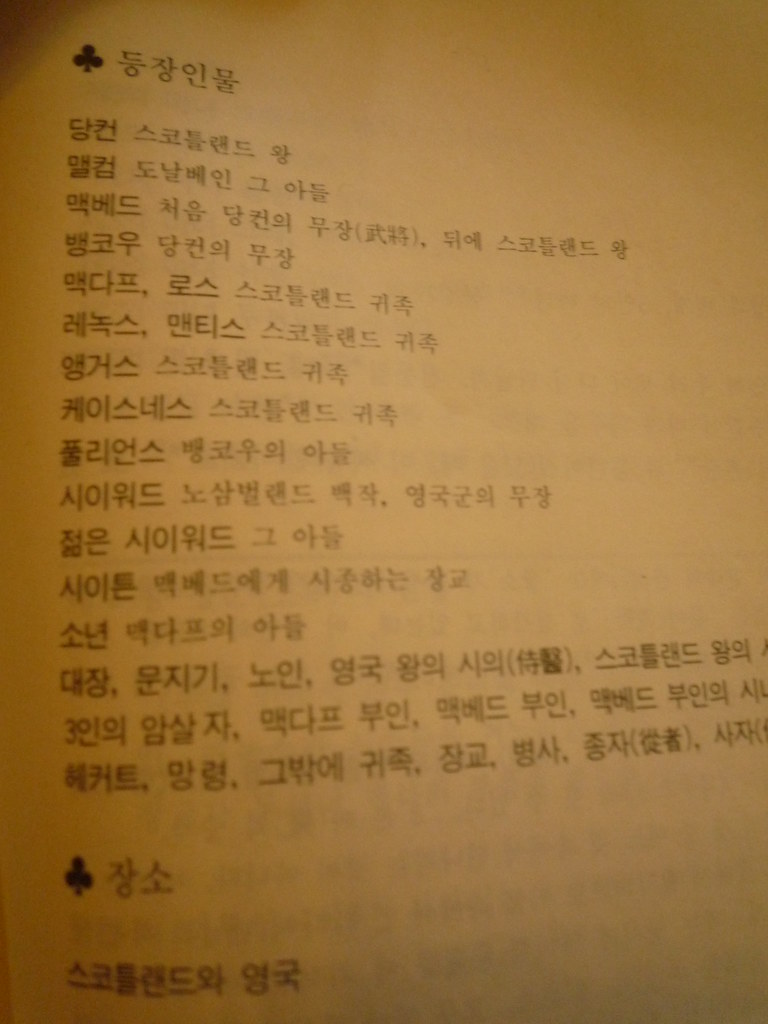
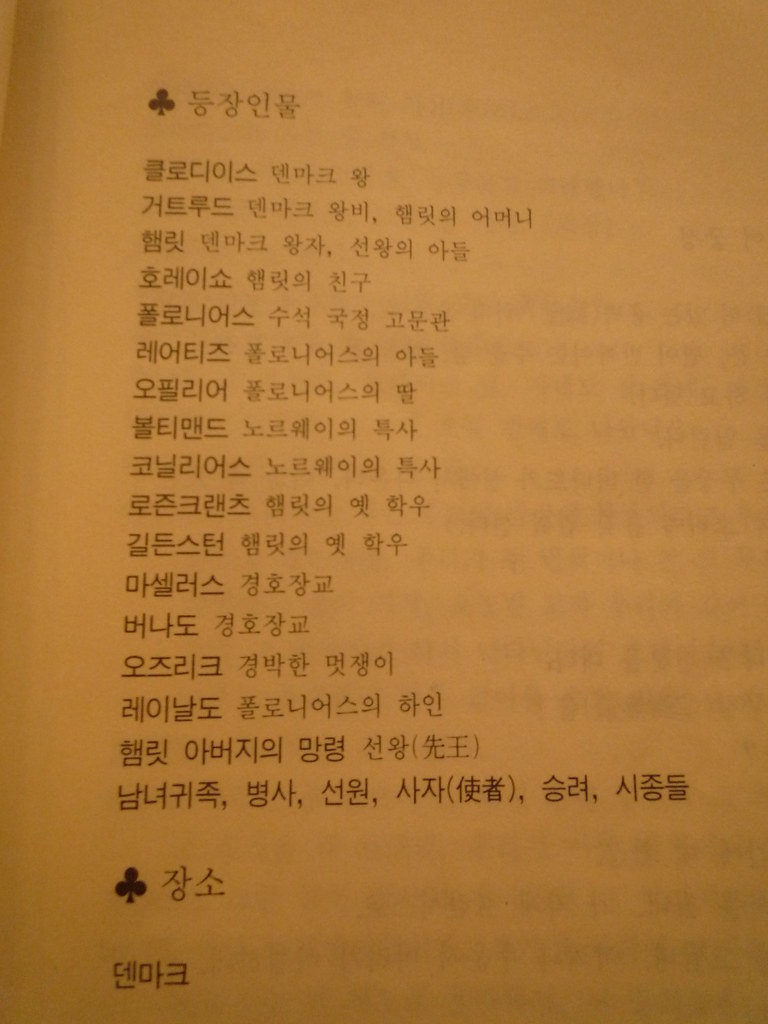
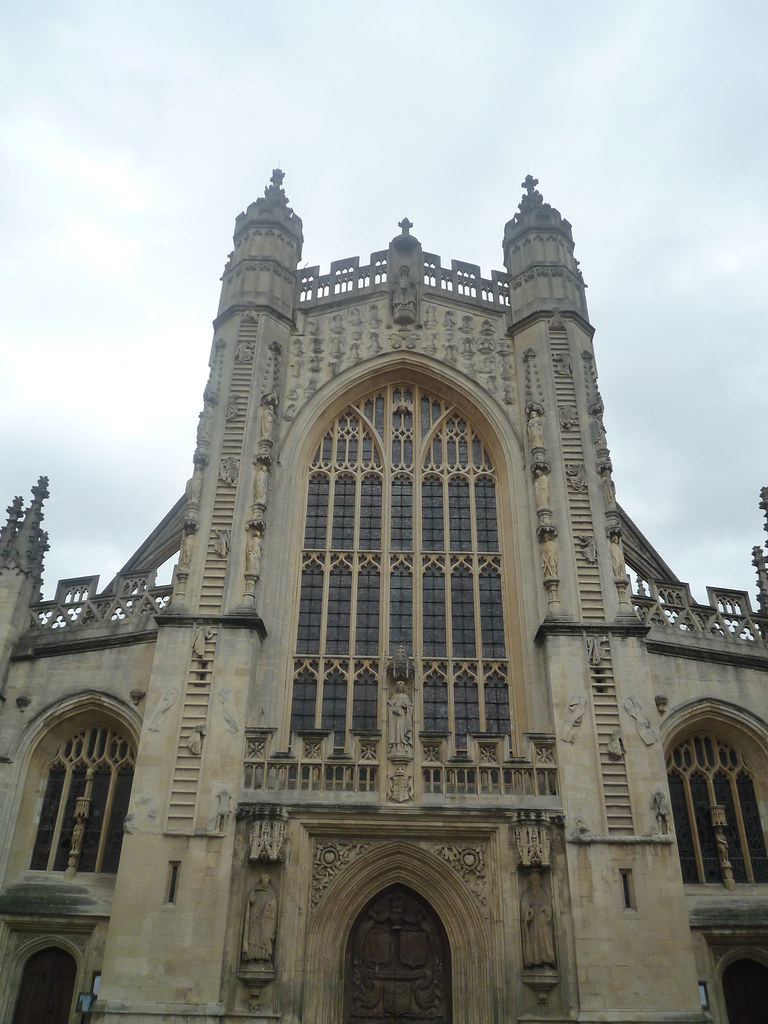
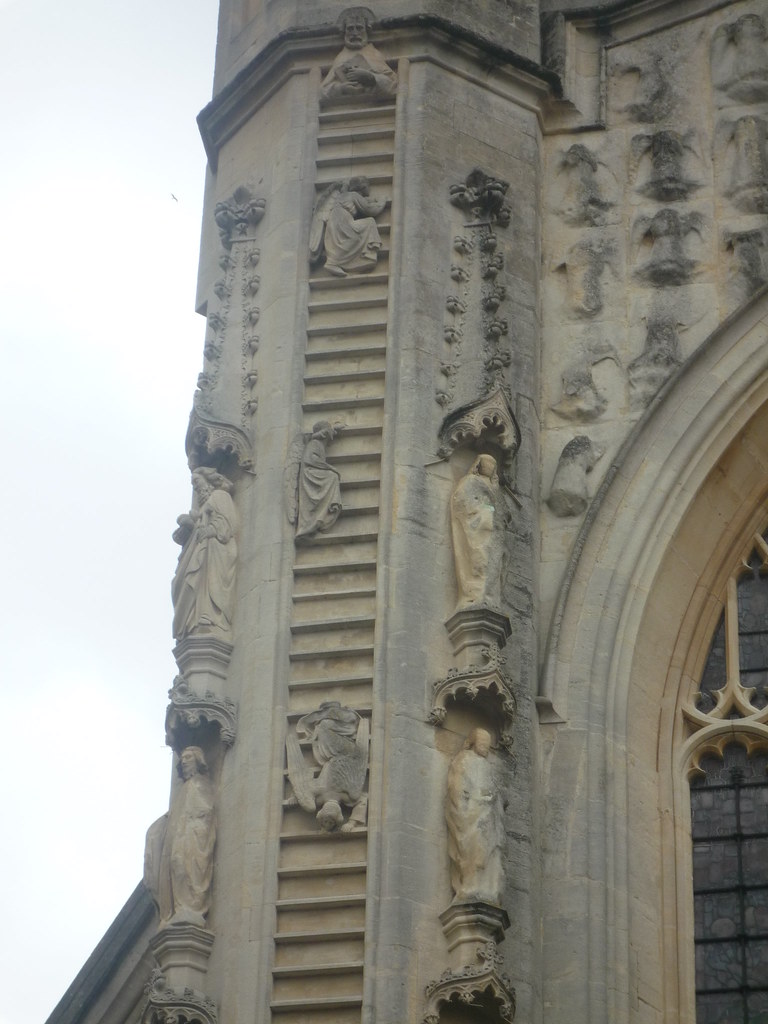
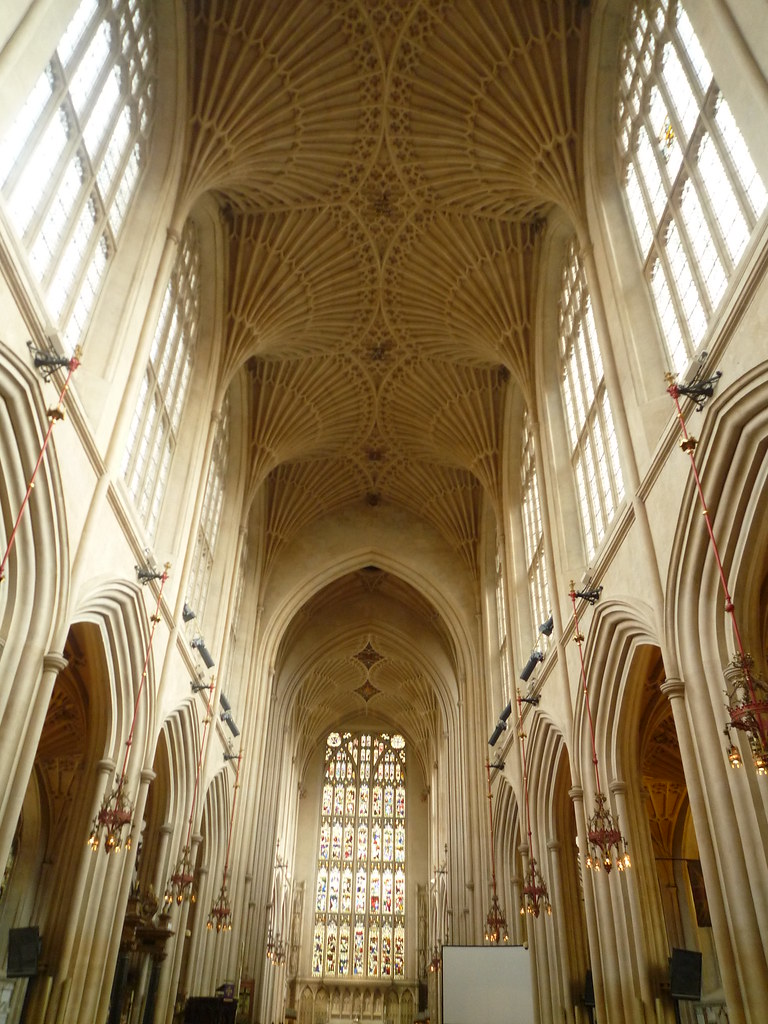

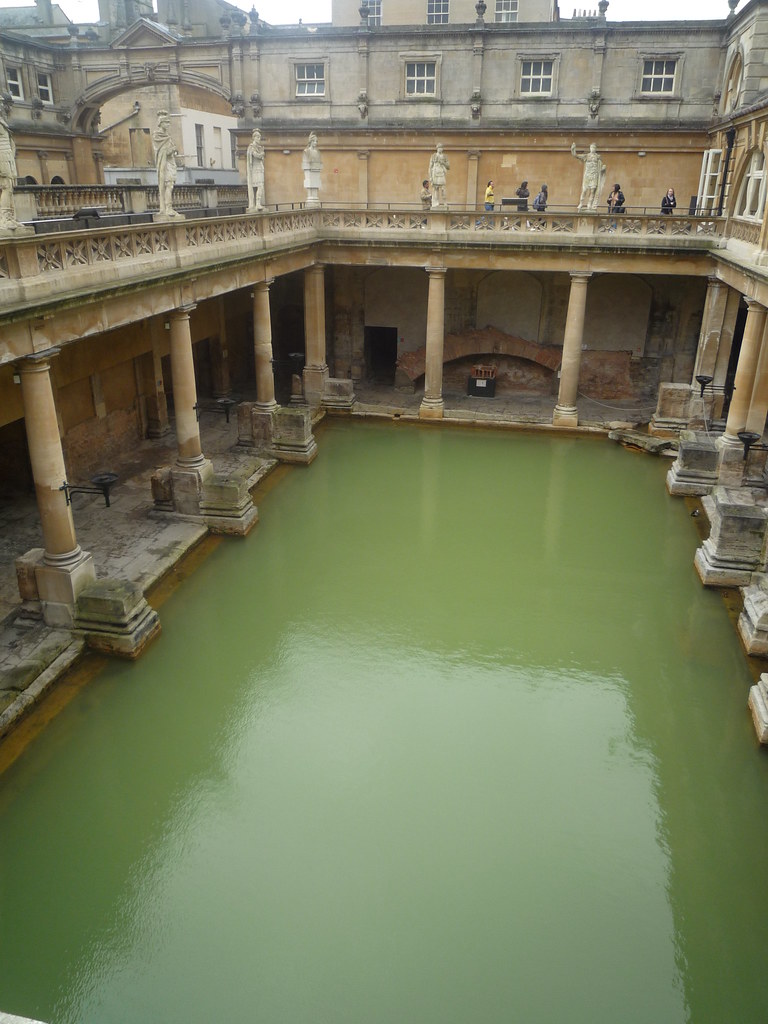
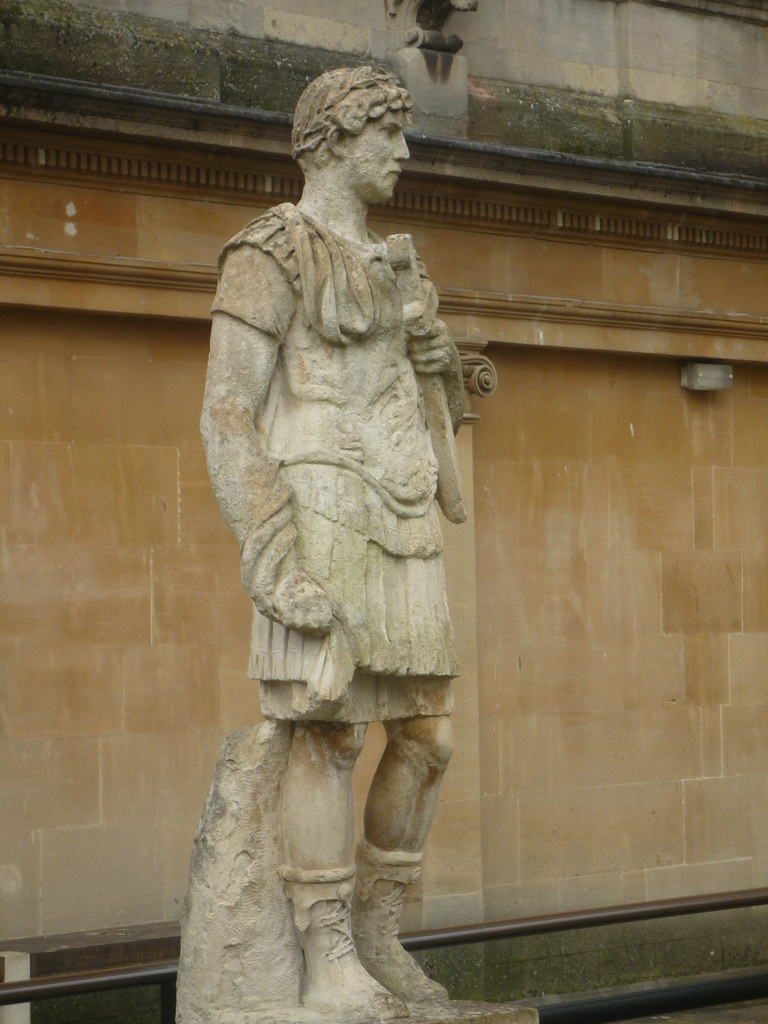
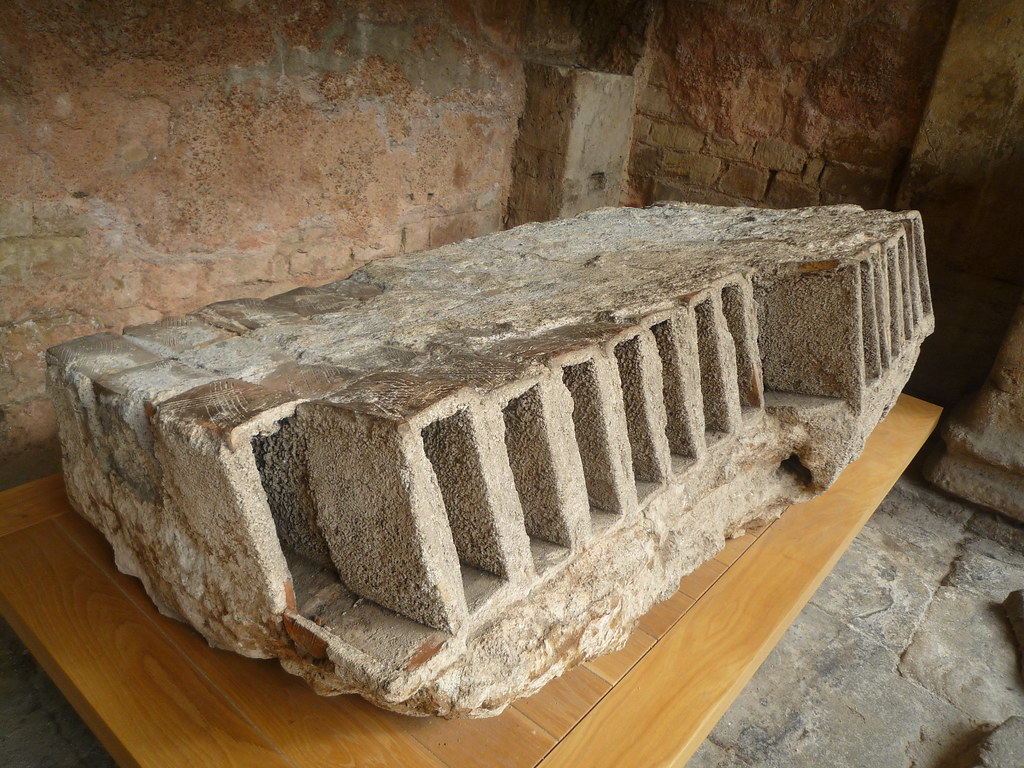
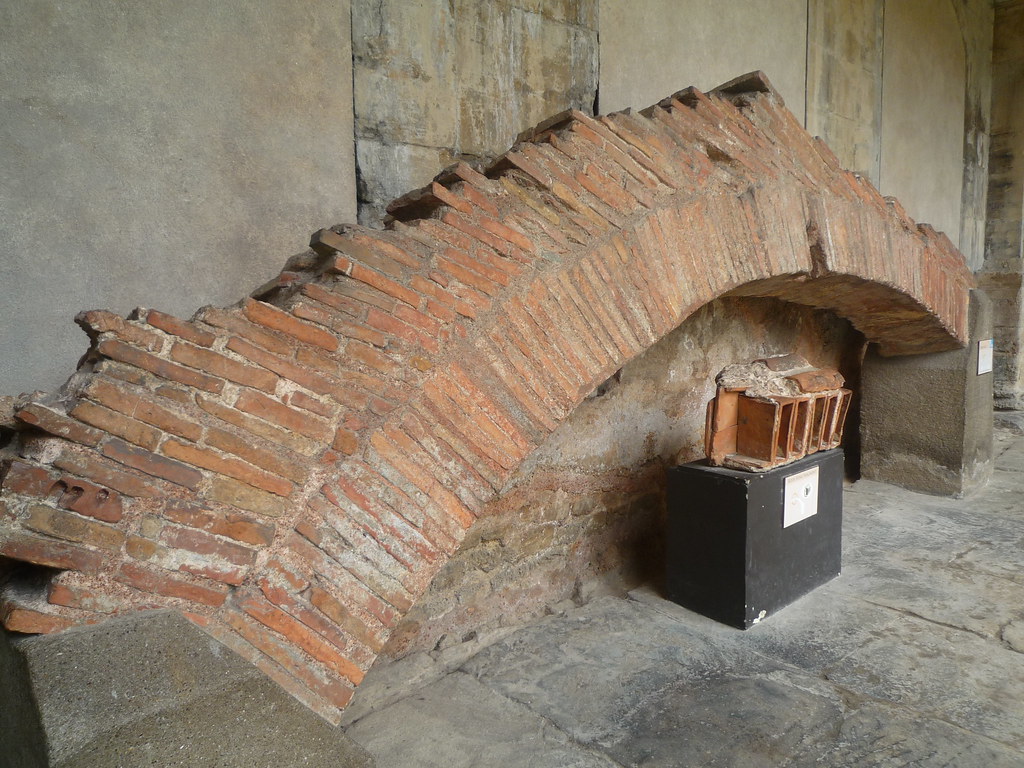
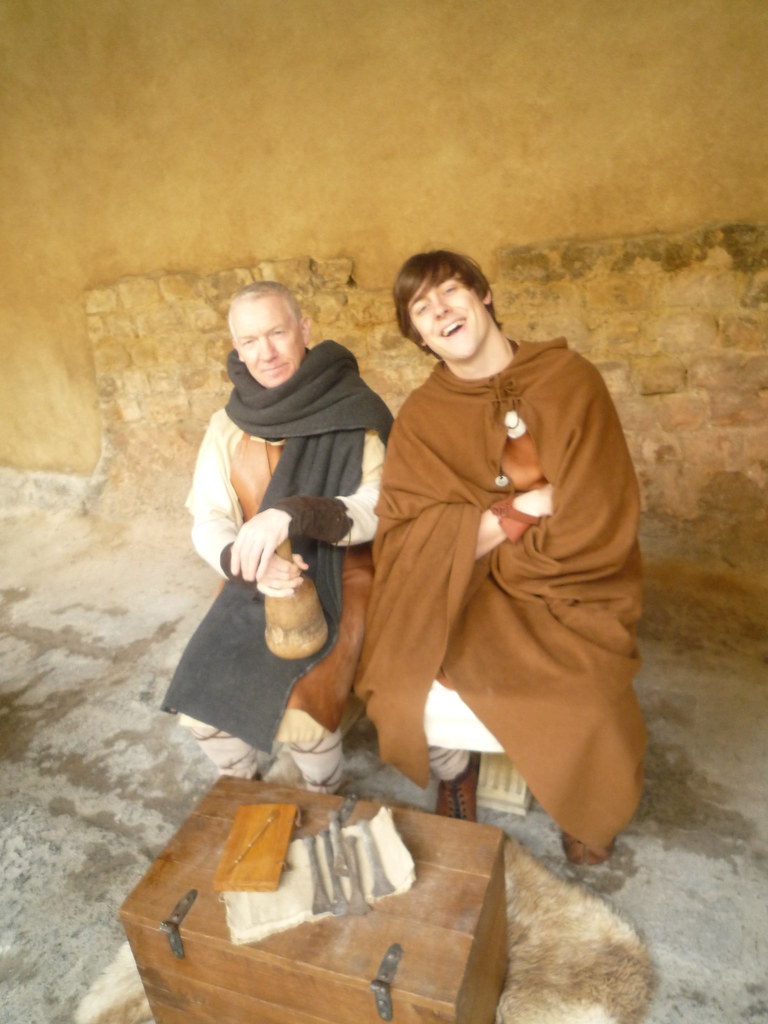
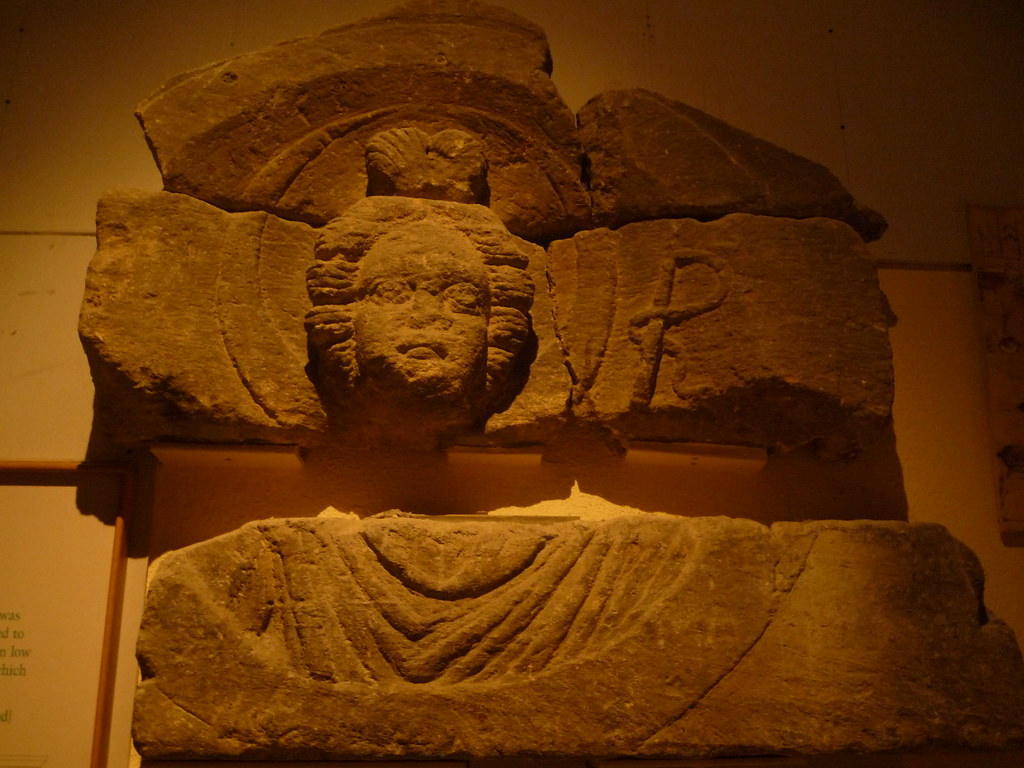
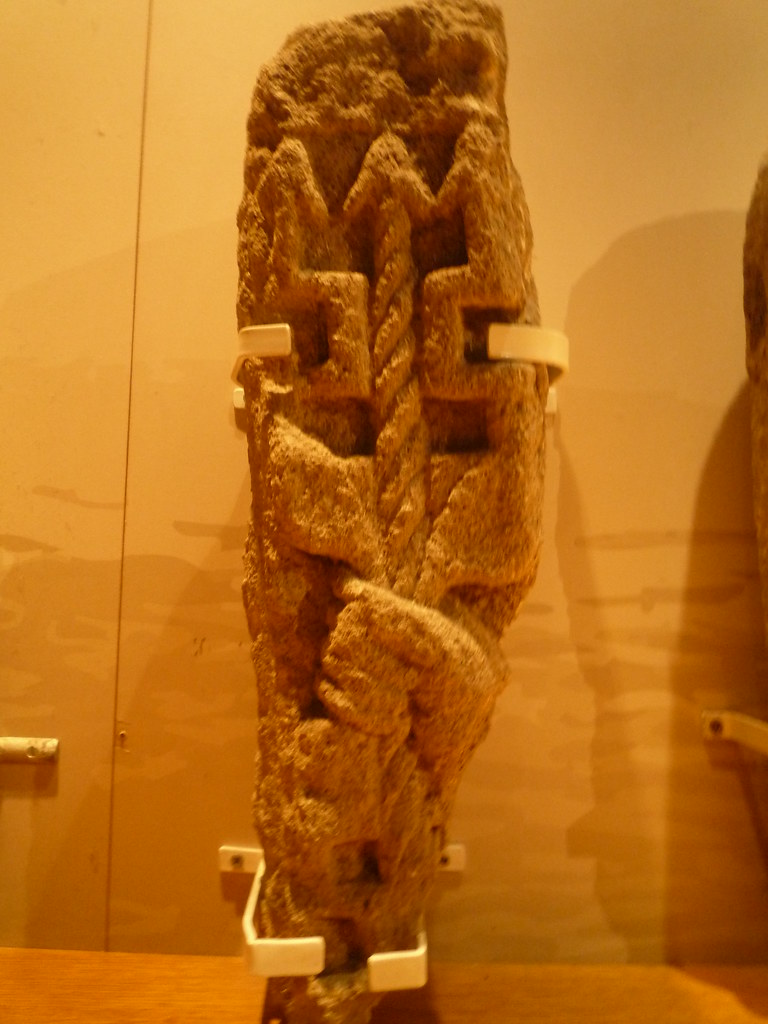
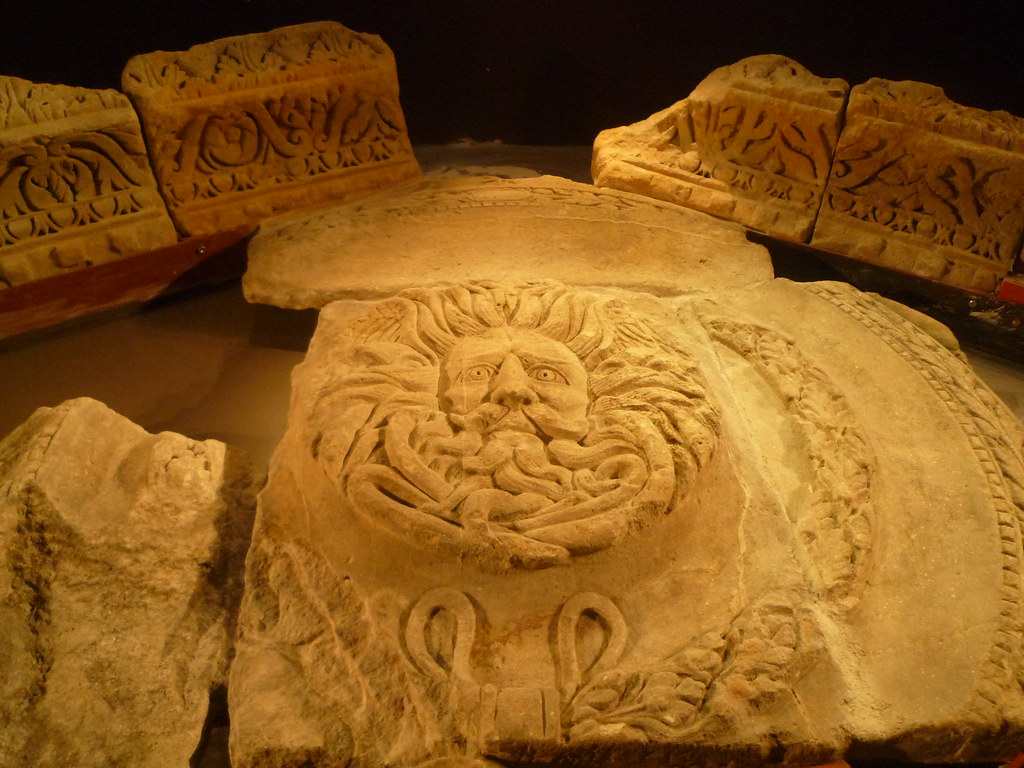
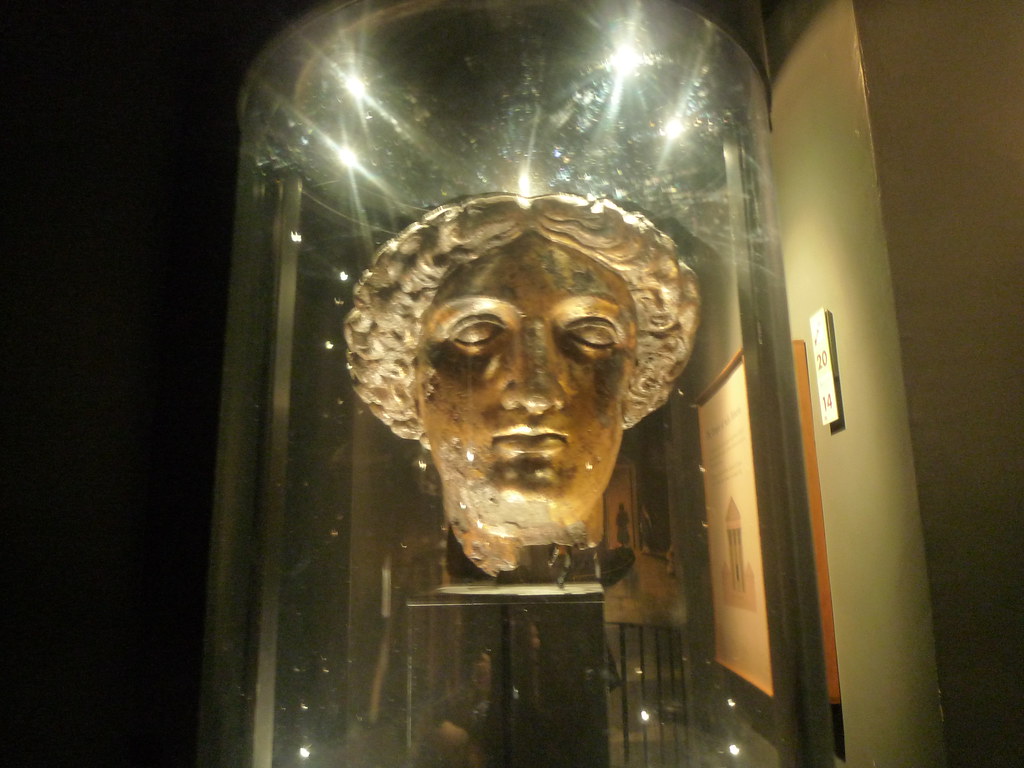
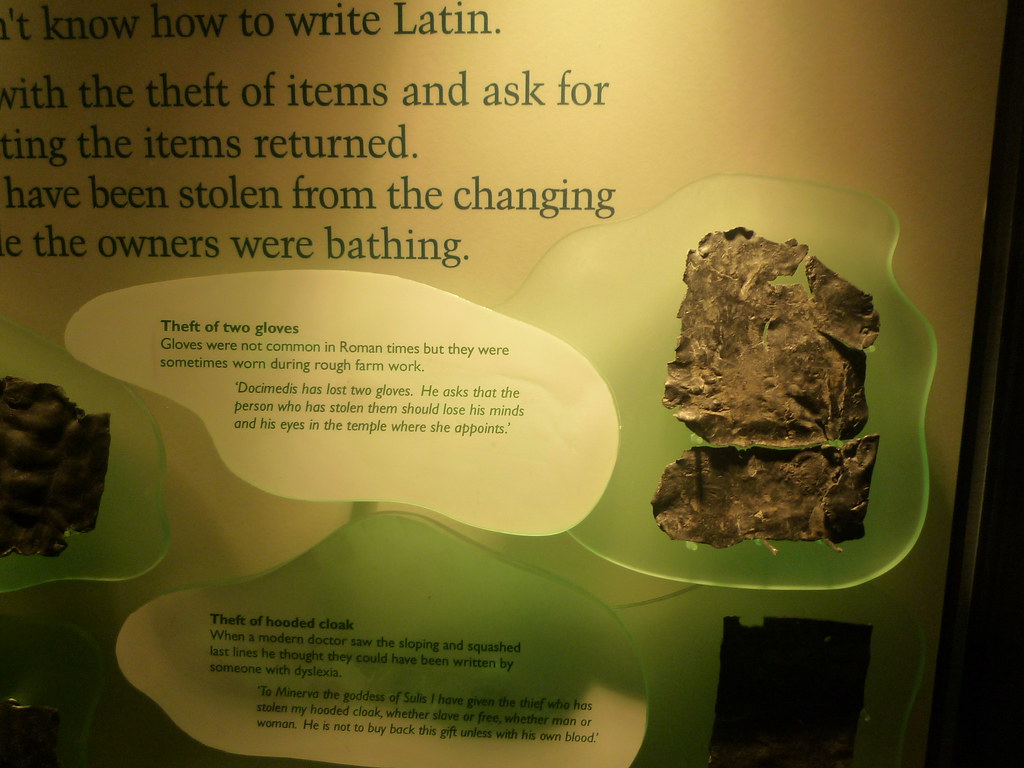
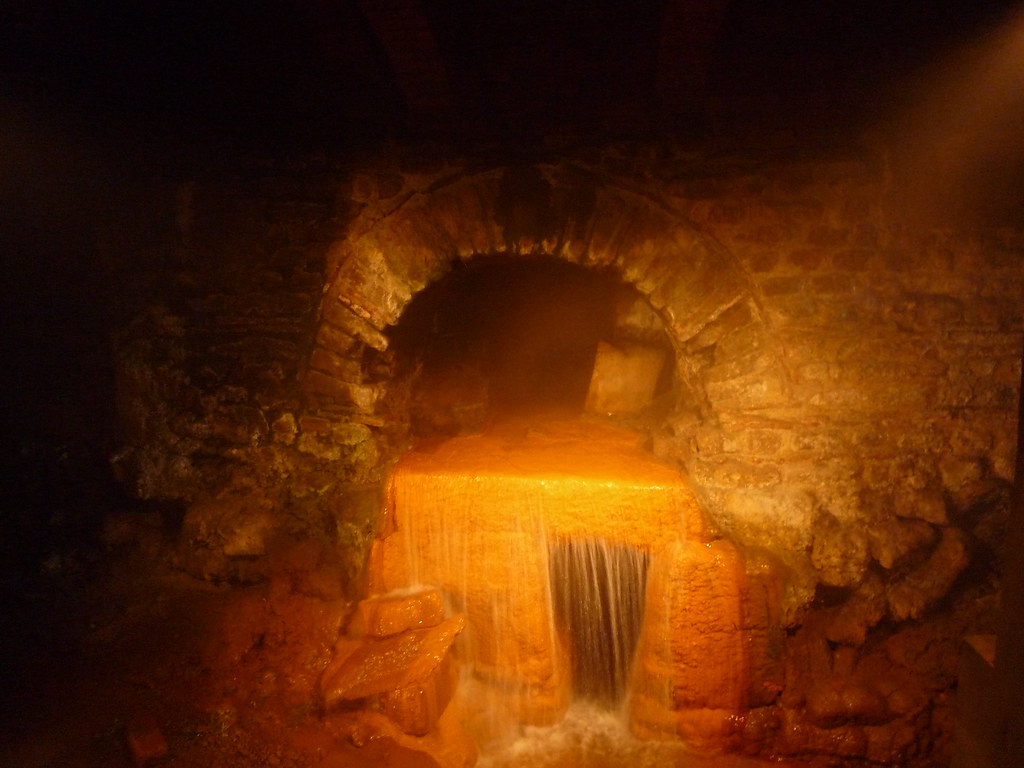
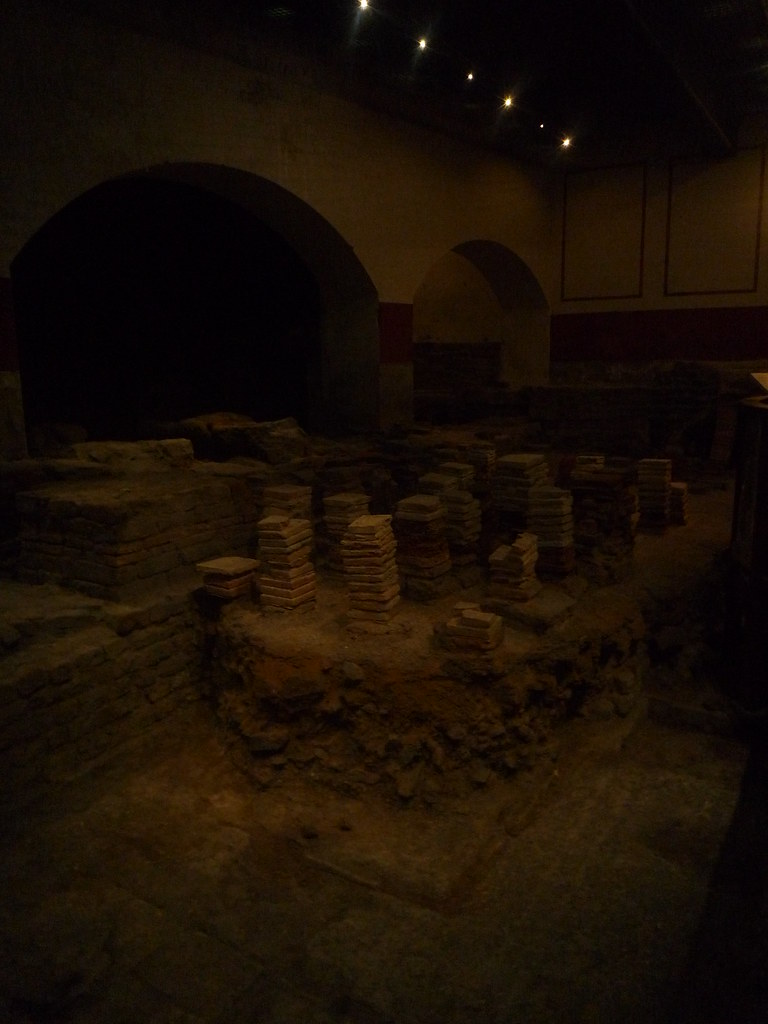
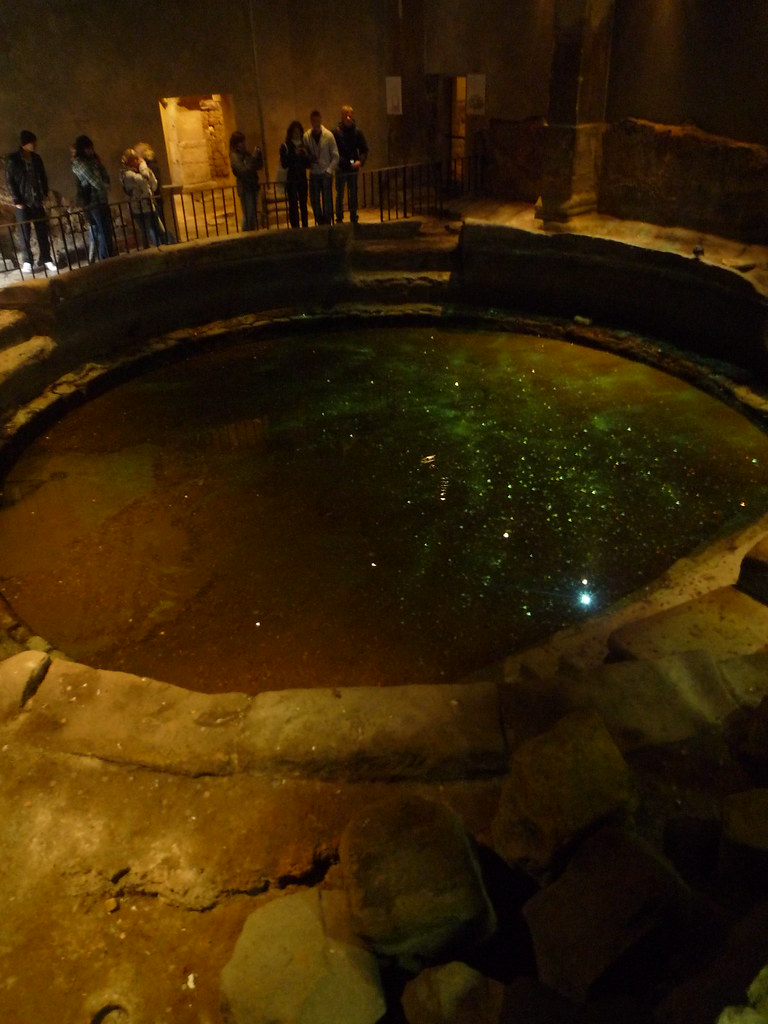
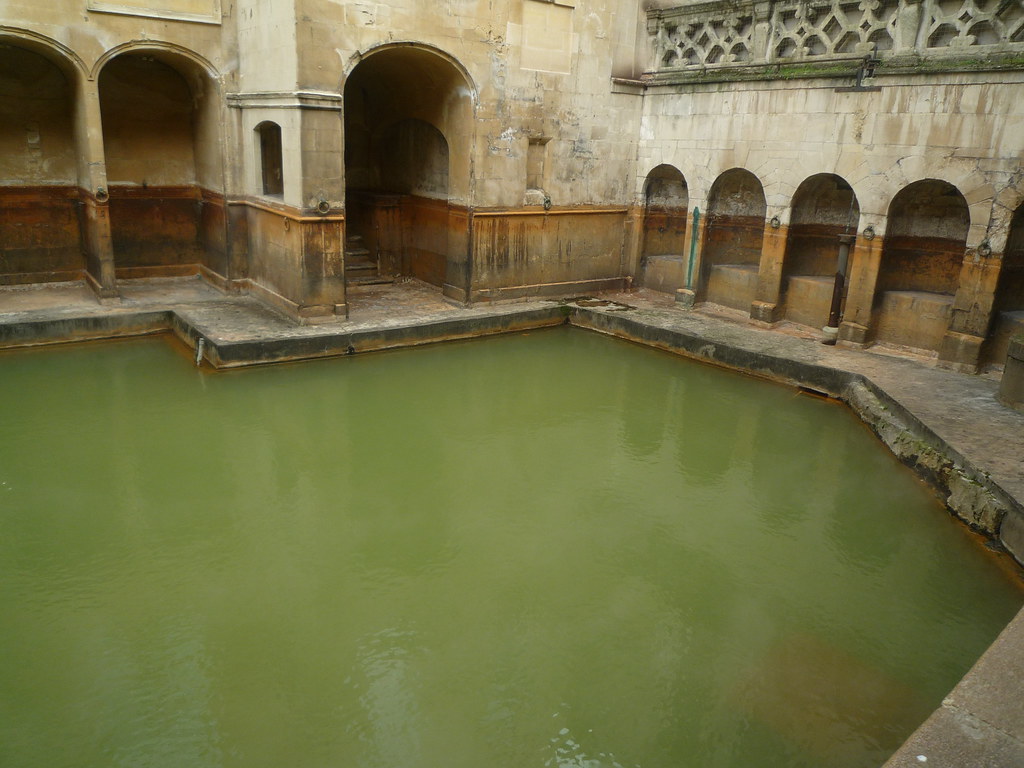
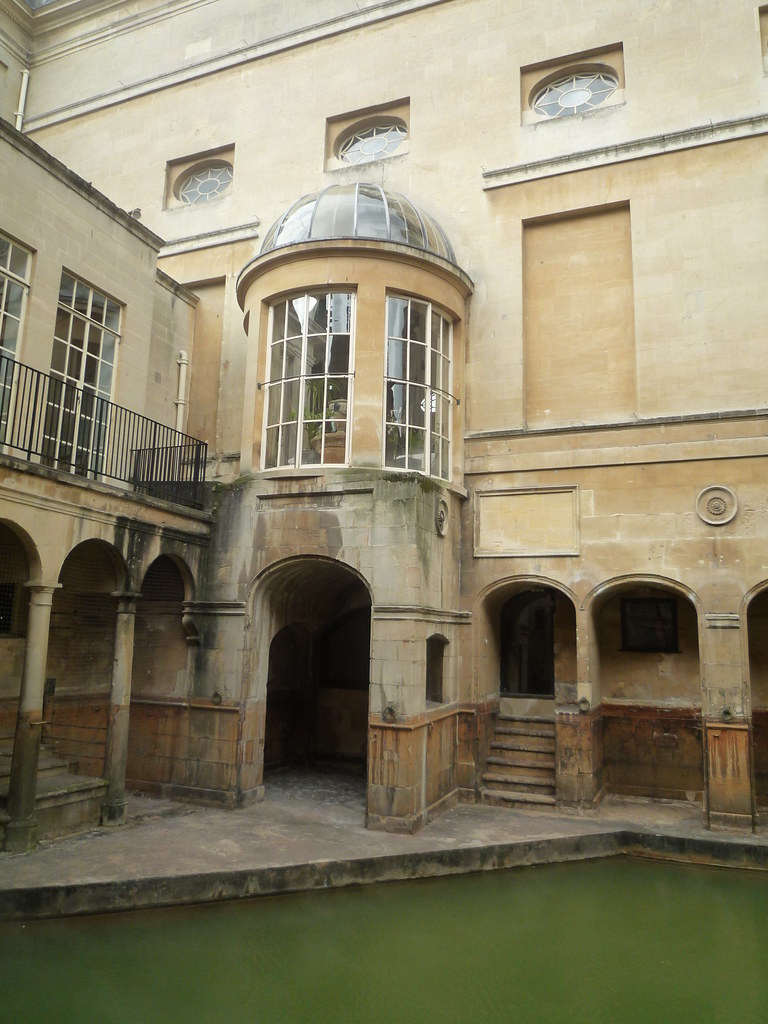
0 comments:
Post a Comment